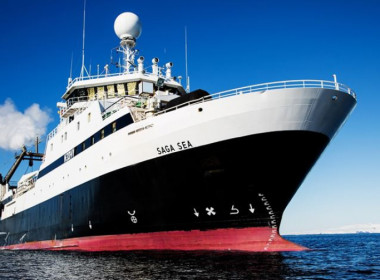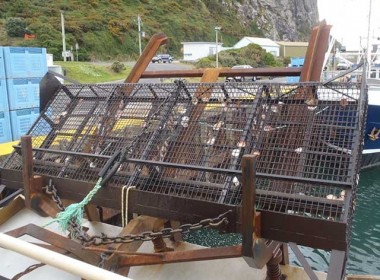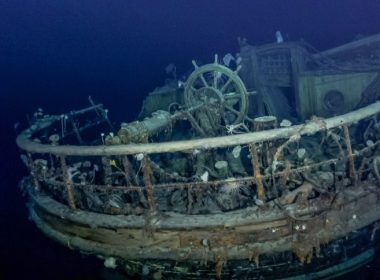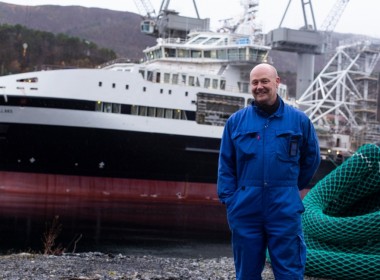Ten years’ monitoring data confirms precautionary krill fishery in Antarctica

Norway’s Institute of Marine Research (IMR) has released its findings after 10 years of surveying the krill biomass in Antarctica, Norwegian krill harvesting specialist Aker BioMarine said recently.
The science, which is based on data from acoustics and trawl surveys, confirms the high concentration of krill in the area around the Antarctic Peninsula.
Species of krill occur in most oceans, but it is only around Antarctica that it swims in dense swarms. The species form one of the biggest biomass swarms on Earth.
IMR started its annual krill surveillance cruises in 2011, monitoring Commission for Conservation of Antarctic Marine Living Resources (CCAMLR) Subarea 48.2 off the South Orkney Islands.
Aker BioMarine vessels have served as research platforms during the ongoing study. The vessels were equipped with scientific trawls and echo sounders and covered a 60,000-square-kilometre area over the 10-year period.
The monitoring is a mandatory part of the Norwegian license to access the krill fishery in Antarctica’s Southern Ocean. The surveys were conducted between late January and early February each year.
Findings from the IMR survey included the following:
- Estimated mean density for the entire survey area ranged from a low of 1.4 million tonnes in 2017 to a high of 7.77 million tonnes in 2012.
- The survey results show clear annual variability in krill density but no significant trends.
- After the first 10 years monitoring, IMR Norway concludes that the krill biomass in the South Orkney waters is consistently high – among the highest concentrations in the Scotia Sea.
Georg Skaret, a researcher at IMR, said that the catch level in Subarea 48.2 is precautionary according to the harvest control rule agreed by CCAMLR.
The Antarctic krill fishery is considered to be one of the most sustainable reduction fisheries today due to the precautionary harvesting limits and management. In 2022, a science paper, published in Fisheries Management and Ecology, concluded that the Antarctic krill fishery is the cleanest fishery in the world in terms of its extremely low bycatch rate.









